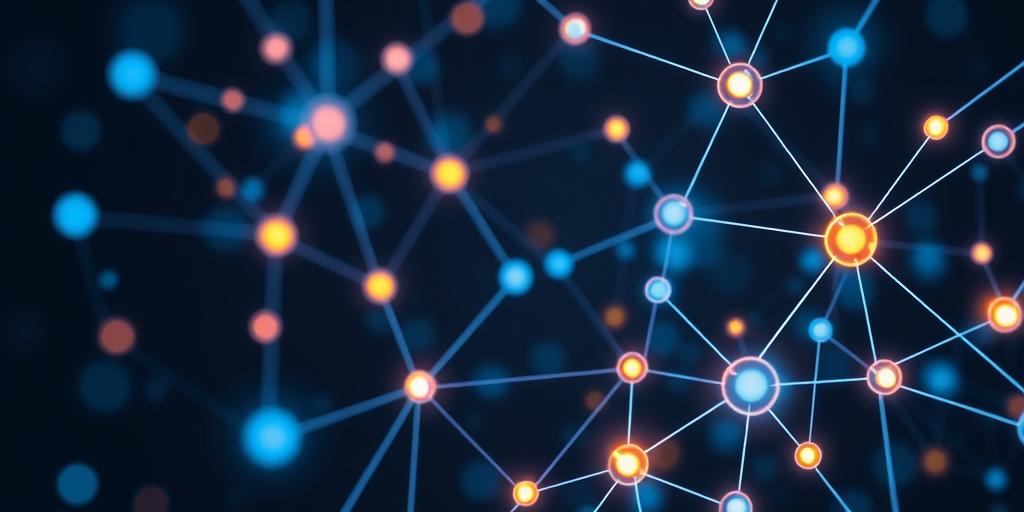The Science Behind AI and Machine Learning
Artificial Intelligence (AI) and Machine Learning (ML) are rapidly transforming industries, research, and daily life. But what exactly are they? Let's dive into the science underpinning these powerful technologies.
Defining AI and ML
Artificial Intelligence (AI): Broadly, AI aims to create machines that can perform tasks that typically require human intelligence. These tasks include learning, problem-solving, decision-making, and perception.
Machine Learning (ML): A subset of AI, ML involves training algorithms to learn patterns from data without being explicitly programmed. This learning enables machines to improve their performance on a specific task over time.
Core Concepts in Machine Learning
ML algorithms can be categorized into several types:
Supervised Learning:
- Concept: The algorithm learns from labeled data, where the input is mapped to a known output. The goal is to predict the correct output for new, unseen inputs.
- Examples: Image classification (identifying objects in images), spam detection (classifying emails as spam or not spam), and regression (predicting continuous values like stock prices).
- Algorithms: Linear Regression, Logistic Regression, Support Vector Machines (SVM), Decision Trees, and Neural Networks.
Unsupervised Learning:
- Concept: The algorithm learns from unlabeled data to discover hidden patterns or structures.
- Examples: Clustering (grouping similar data points together), dimensionality reduction (reducing the number of variables while preserving important information), and anomaly detection (identifying unusual data points).
- Algorithms: K-Means Clustering, Hierarchical Clustering, Principal Component Analysis (PCA), and Autoencoders.
Reinforcement Learning:
- Concept: The algorithm learns to make decisions by interacting with an environment to maximize a reward. The algorithm learns through trial and error, receiving feedback in the form of rewards or penalties.
- Examples: Training robots to perform tasks, developing game-playing AI, and optimizing control systems.
- Algorithms: Q-Learning, Deep Q-Network (DQN), and Policy Gradient methods.
Neural Networks and Deep Learning
Neural networks are a key component of many AI systems, especially in the field of deep learning.
Neural Networks:
- Structure: Inspired by the structure of the human brain, neural networks consist of interconnected nodes (neurons) arranged in layers. These layers include an input layer, one or more hidden layers, and an output layer.
- Function: Each connection between neurons has a weight, and each neuron applies an activation function to transform the input. Through a process called backpropagation, the network adjusts these weights to minimize the difference between its predictions and the actual values.
Deep Learning:
- Concept: Deep learning utilizes neural networks with many layers (hence "deep") to learn complex patterns from large amounts of data.
- Applications: Image and speech recognition, natural language processing, and autonomous driving.
- Architectures: Convolutional Neural Networks (CNNs) for image processing, Recurrent Neural Networks (RNNs) for sequential data, and Transformers for natural language understanding.
Ethical Considerations
As AI and ML become more pervasive, it's essential to consider the ethical implications.
- Bias: ML models can perpetuate and amplify biases present in the training data, leading to unfair or discriminatory outcomes.
- Privacy: AI systems often require large amounts of data, raising concerns about data privacy and security.
- Transparency: The complexity of some AI models can make it difficult to understand how they make decisions, leading to concerns about accountability and trust.
The Future of AI and ML
AI and ML are rapidly evolving, with ongoing research pushing the boundaries of what's possible. Future trends include:
- Explainable AI (XAI): Developing AI models that are more transparent and interpretable.
- Federated Learning: Training models on decentralized data sources while preserving privacy.
- AI Ethics and Governance: Establishing standards and regulations to ensure AI systems are developed and used responsibly.
In conclusion, AI and ML are complex yet transformative technologies. By understanding the science behind them, we can harness their power for good while addressing the ethical challenges they pose.









